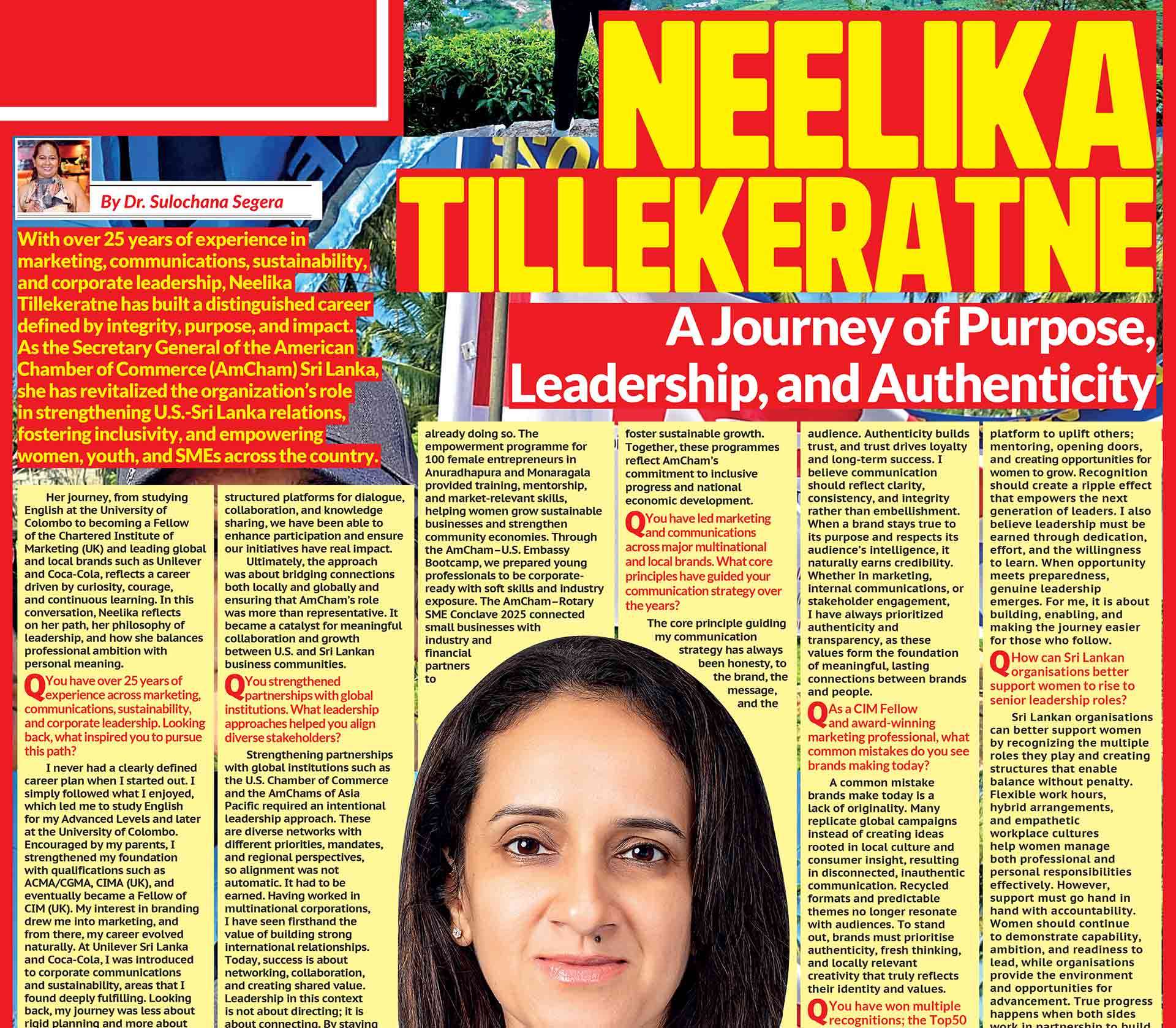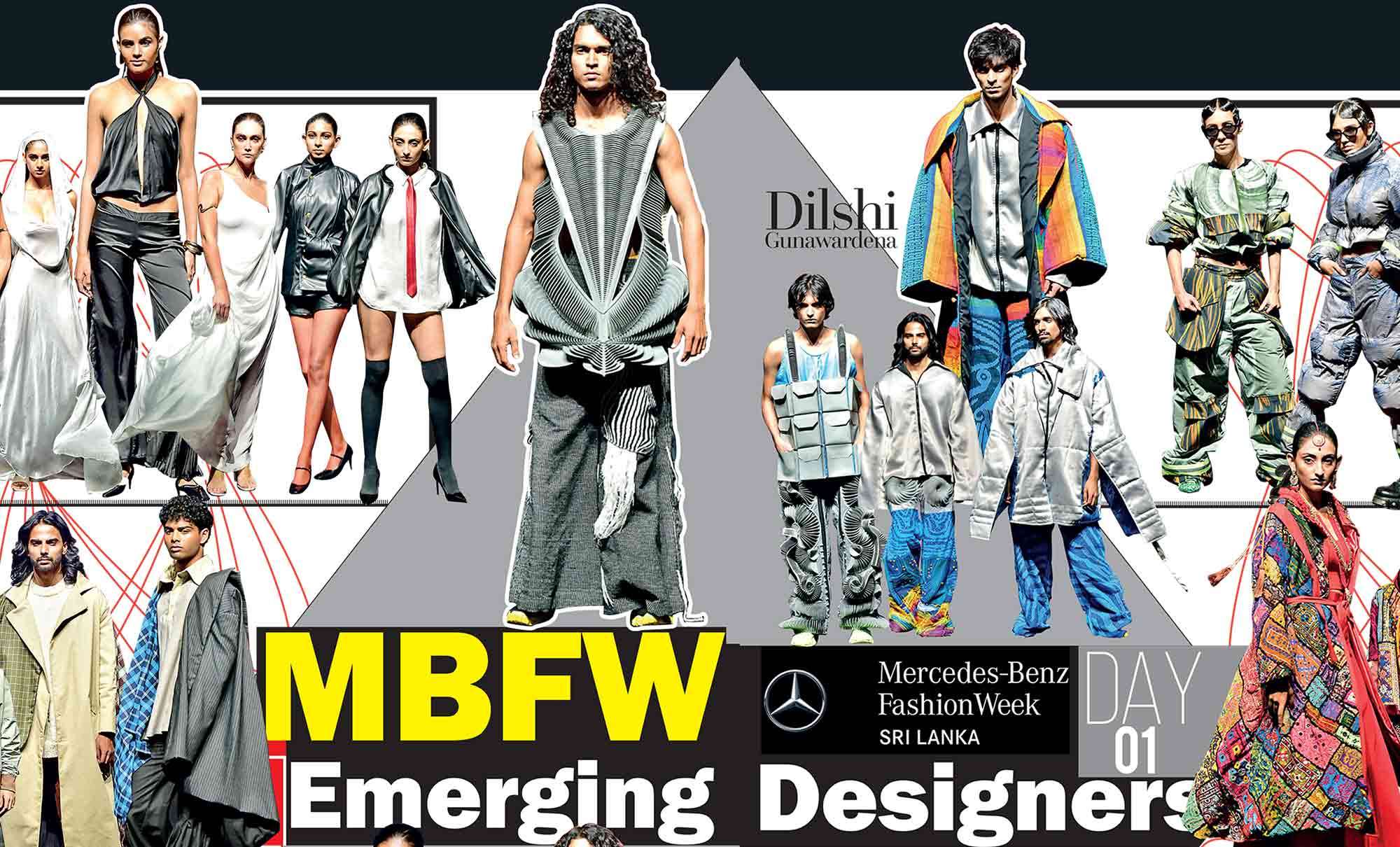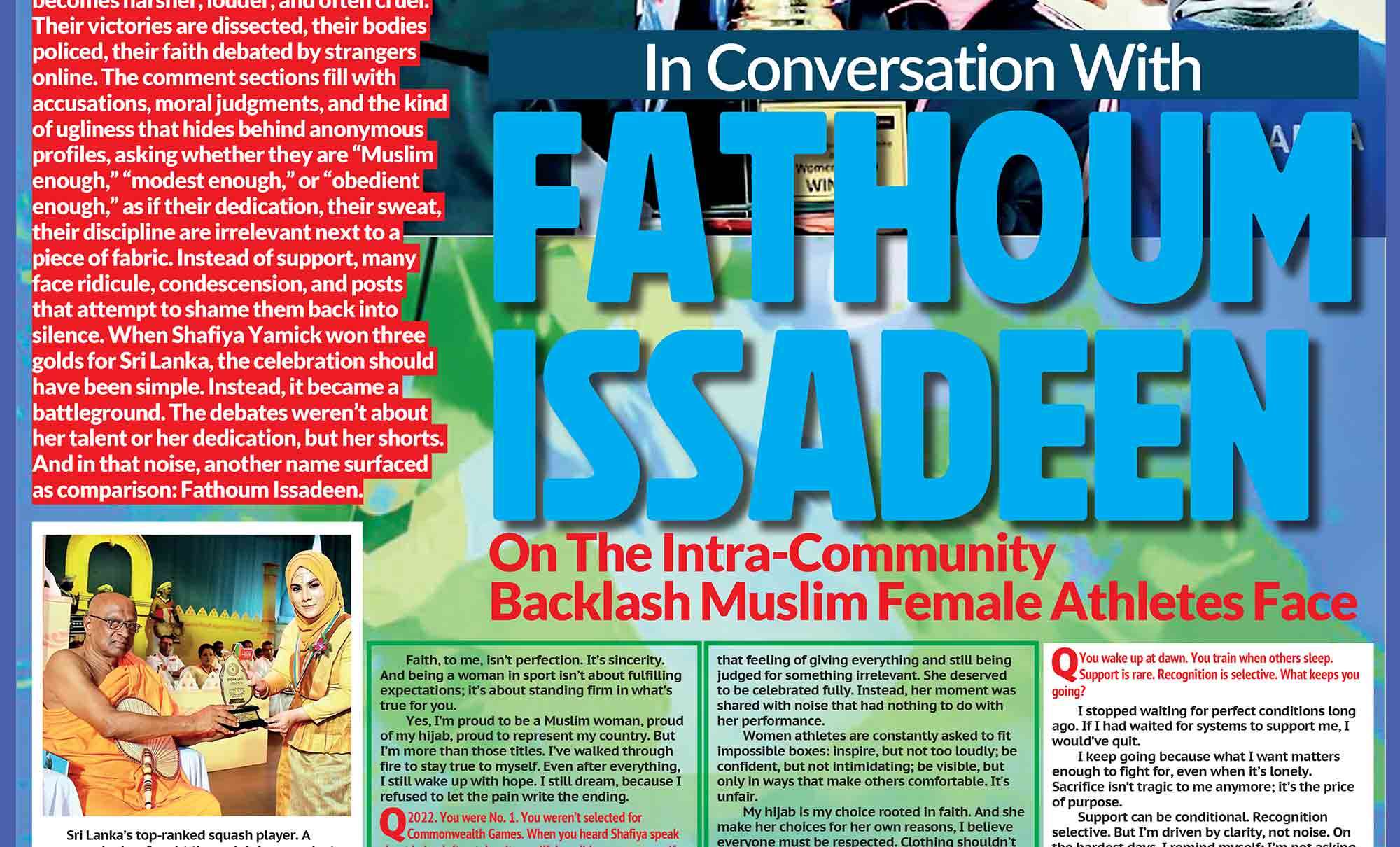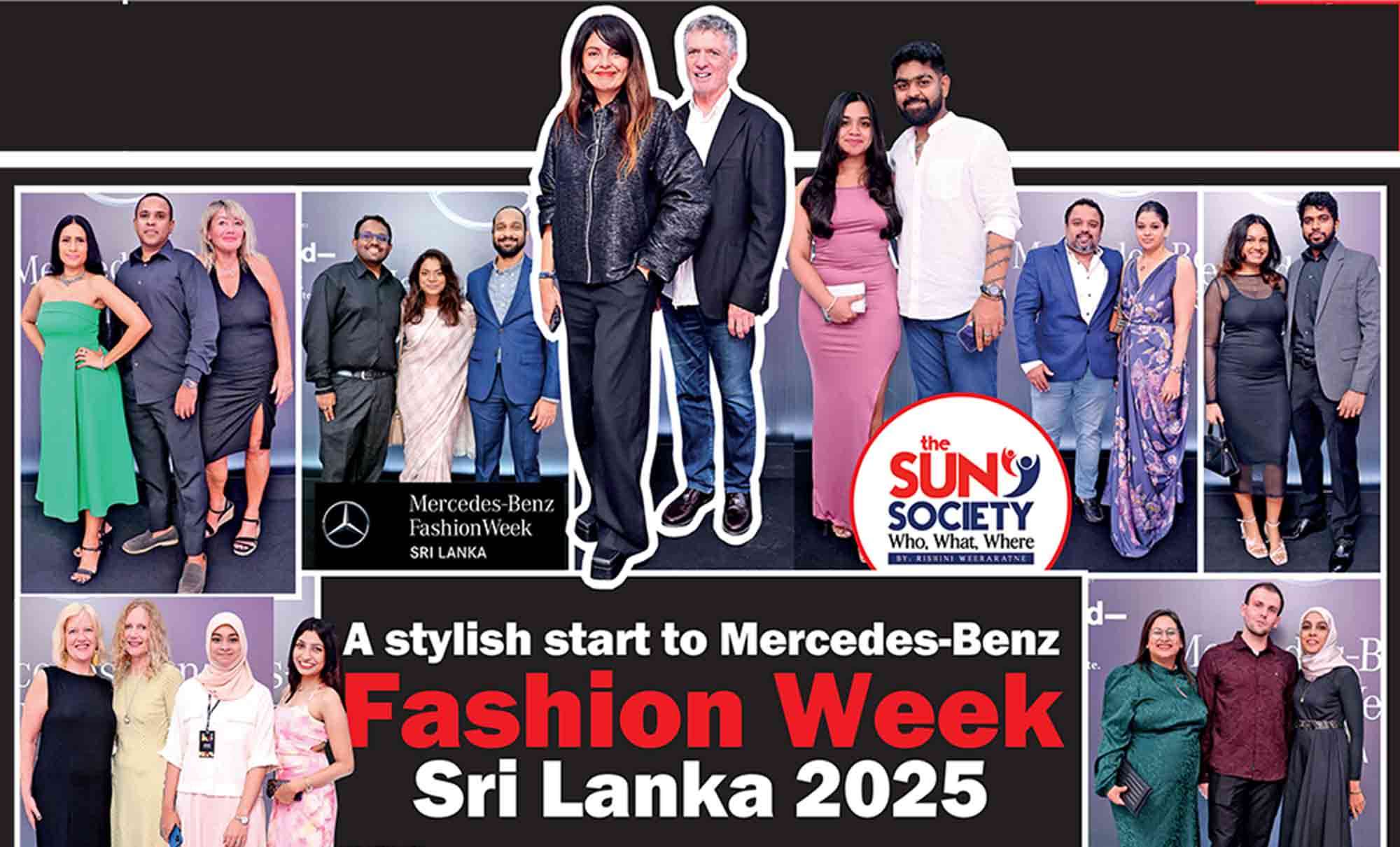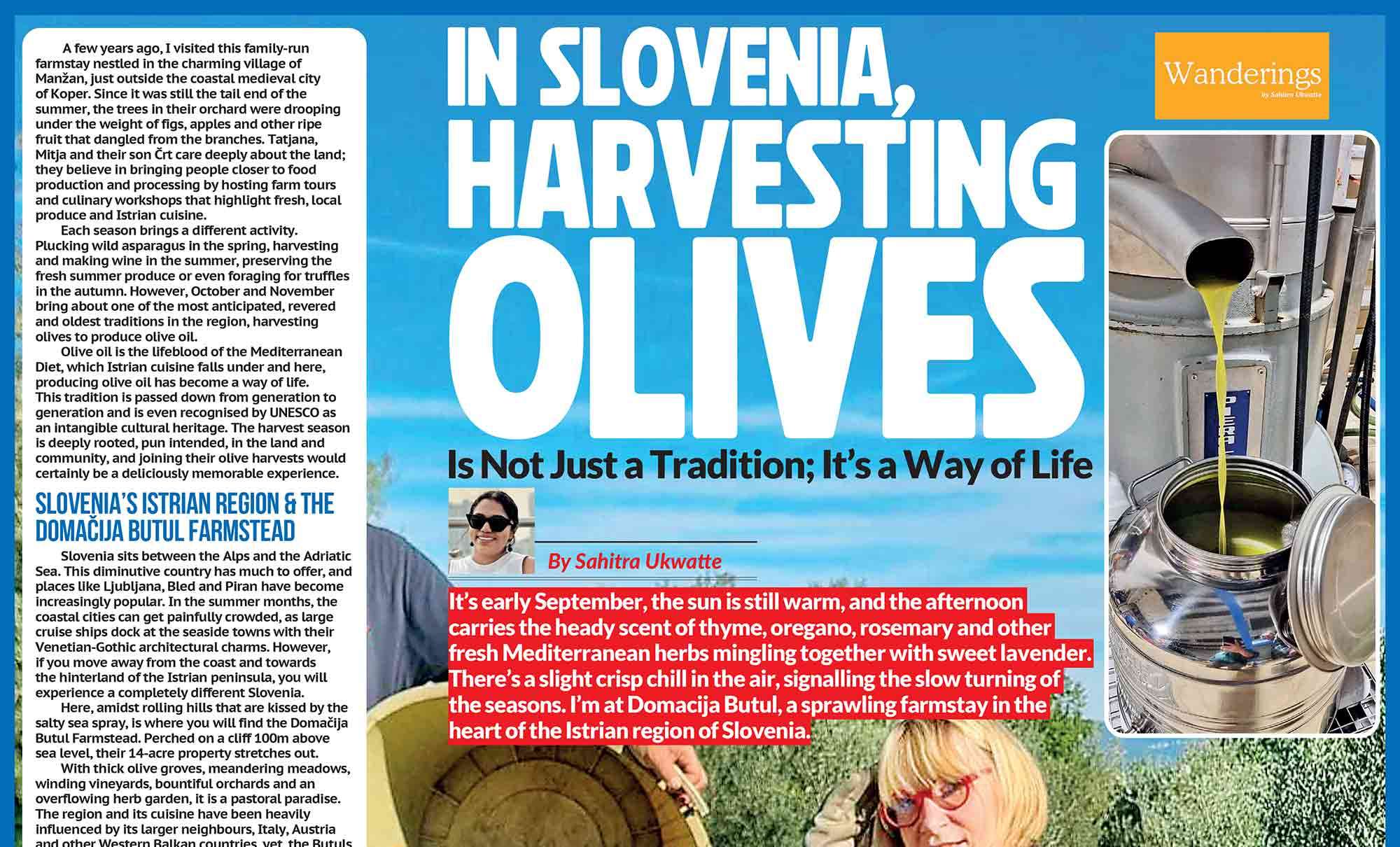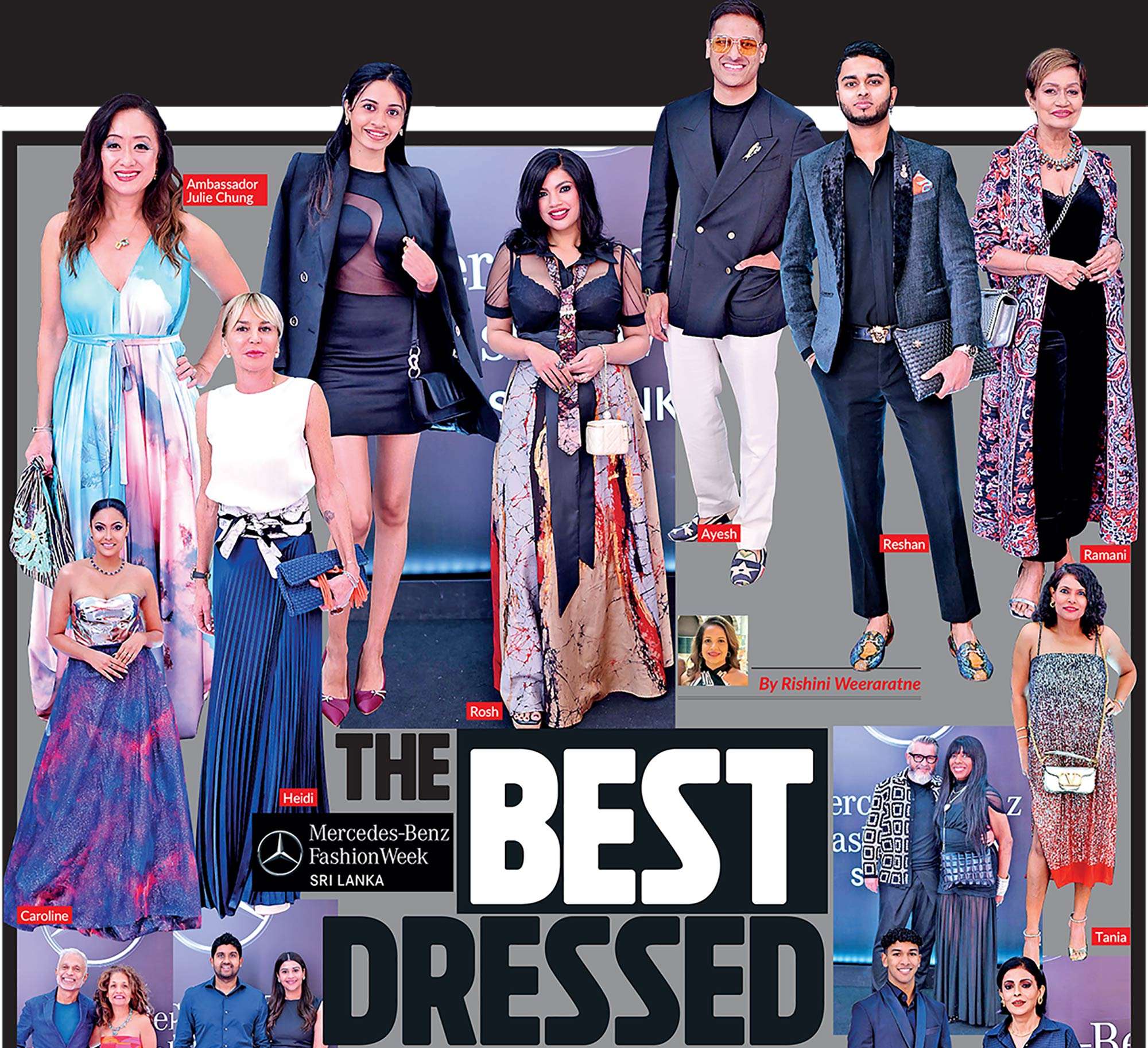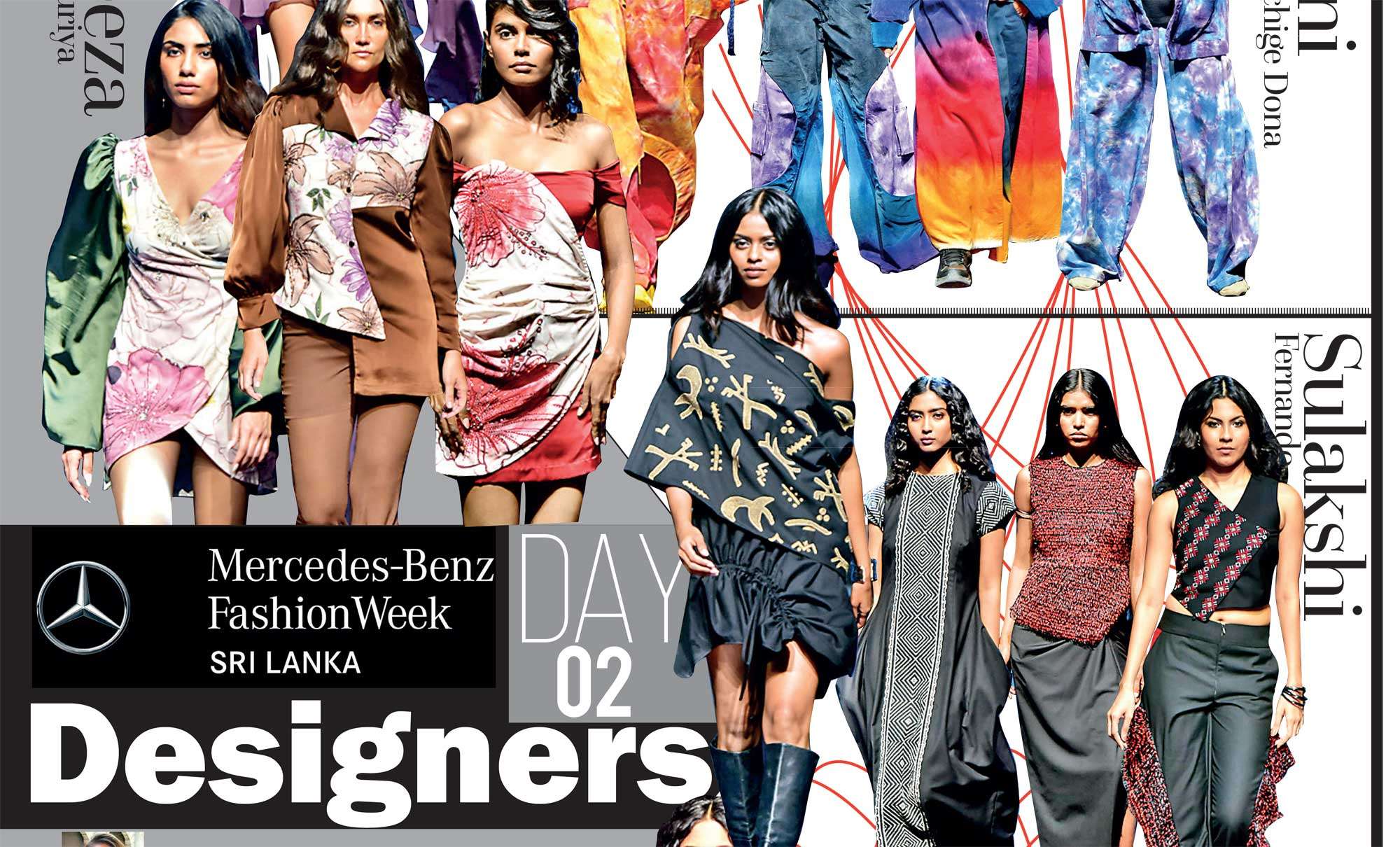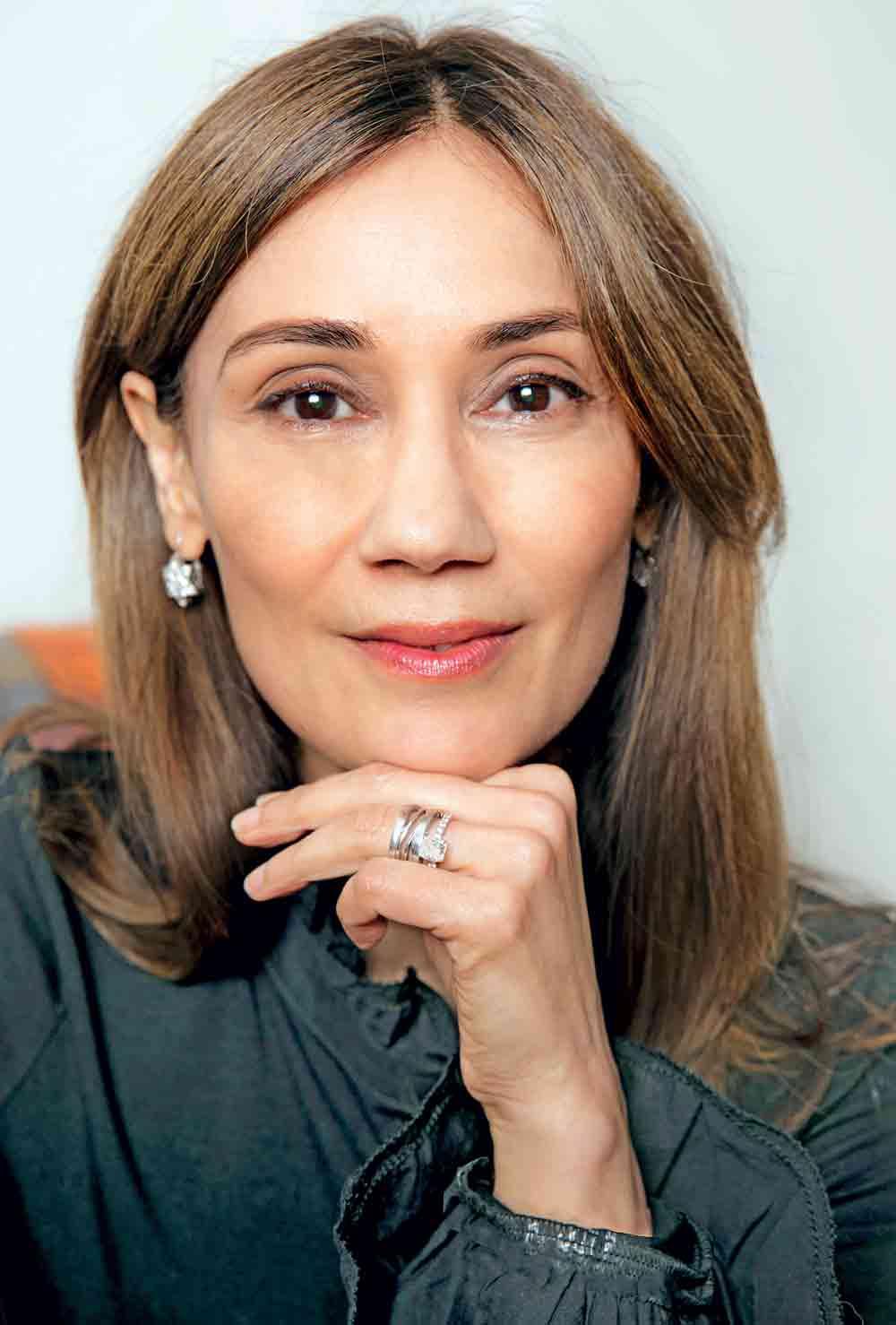
I initially connected with Nonita Kalra through an introduction via a mutual friend. Our first exchange was a brief phone call while she waited to board a flight at Heathrow Airport, en route to Delhi for Diwali in October 2025. Even in that short conversation, her warmth, clarity and quiet confidence were unmistakable. We agreed to meet once she returned to London, and a few weeks later, on a crisp Autumn afternoon, we sat down together at a quaint English pub tucked away in Belgravia.
I arrived nervous, unsure of what it would feel like to sit across from one of Asia’s most influential media figures; This was the editor who spent thirteen years shaping ELLE India from the inside out, helping define its voice and identity for an entire generation of readers, and who later reimagined Harper’s Bazaar India with the same intellectual depth and cultural conviction, making both titles boldly and unapologetically Indian. She championed Indian models, designers, artisans, makeup artists and photographers long before the industry began talking about representation. She pushed India’s creative identity to the forefront and insisted that fashion journalism be practised with rigour, intelligence and respect.
But the moment we began talking, my nerves softened. Nonita is disarmingly kind; calm, grounded, and generous in a way that instantly puts you at ease. She carries authority without theatrics, intellect without ego. As I sipped my English Breakfast tea and half-heartedly picked at my fries, she opened the space for a conversation that was intimate, thoughtful and deeply human. What followed stretched far beyond fashion and media, into curiosity, courage, craft, and the quiet power of telling stories with honesty.
Q Nonita, you’ve often spoken about how education shapes perspective. What did your time in the classroom teach you about storytelling and curiosity?
For me, education was never confined to a classroom. It was on-the-job training; the school of hard knocks. Real life teaches you everything. You learn by stepping out into the world, meeting people, listening without judgment, absorbing stories as they unfold in real time. It’s the listening that teaches you how to articulate; it’s curiosity that shapes your voice. Storytelling comes from paying attention, because the minute you start seeing people clearly, you start seeing the world clearly.
Q When did you first realise you wanted to work in media, was it a moment, a mentor, or an accident?
I was always a reader. My earliest memories are of wanting books for every birthday. I joke that I’m a chain-reader, one book ends, another begins. It was obvious to me, even as a child, that I wanted to write. Journalism seemed like the natural conclusion.
Country must position itself as the next centre of cultural renaissance, where heritage meets contemporary vision and sustainability is a way of life. What’s needed now is coherence, confidence, and a united narrative.
My favourite news magazine, India Today, announced they were looking for trainees. It felt like fate. I applied, passed the Copy Test, cleared the interview, and started work the very next day. I couldn’t believe my luck, being paid to work with words, and to work alongside journalists whose writing I had devoured. Truly devoured; I had read every single issue of India Today from the moment I learned to read. Sheer luck allowed me to work with people I had once considered mentors from afar. Suddenly, I was watching them work, and they were generous enough to work with me.
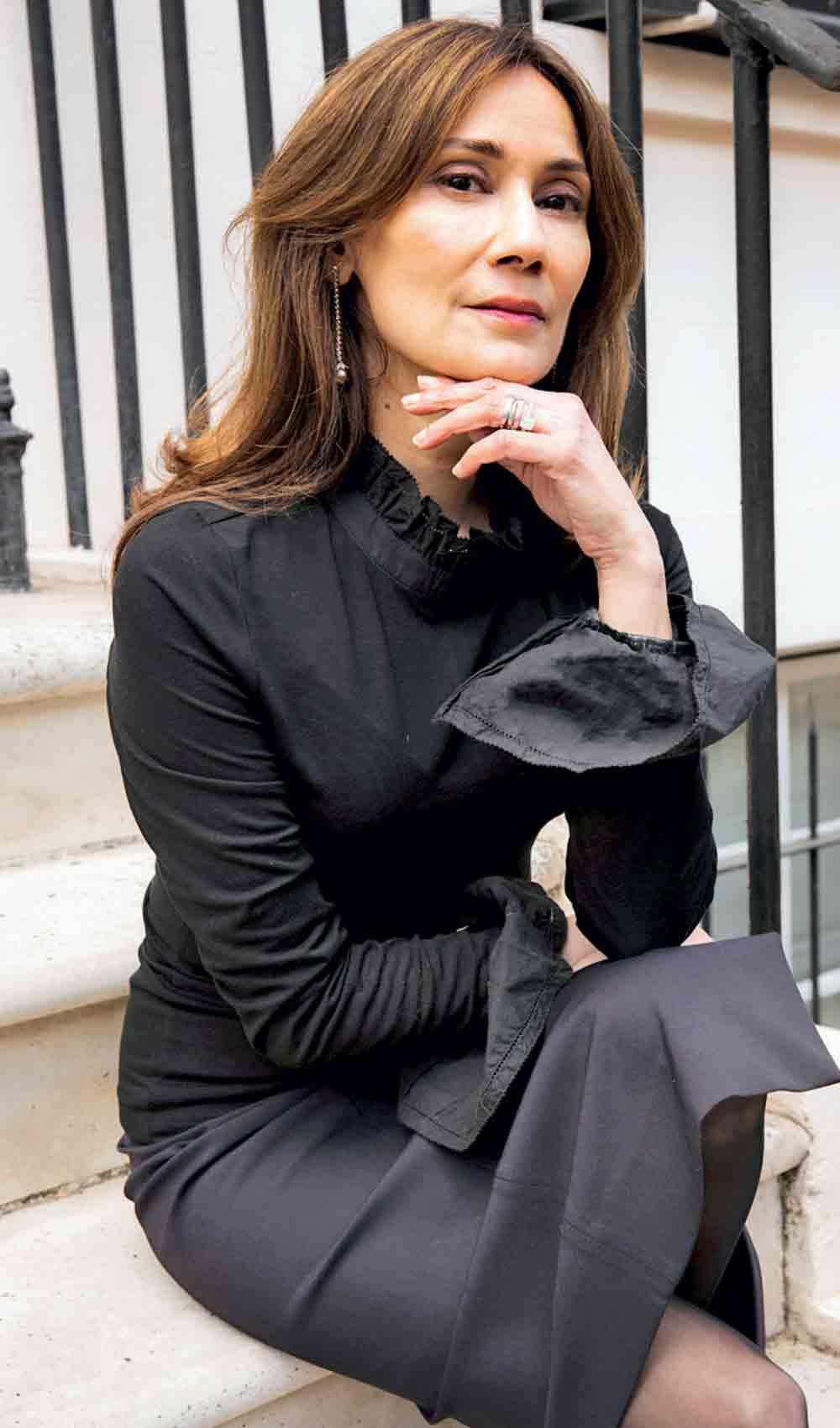
Q Looking back, what early influences, books, teachers, experiences, defined your voice as a journalist?
My earliest and most significant influence came from my uncle’s collection of beautiful books left behind in my grandfather’s elegant, wood-panelled library. They became my lifeline during a difficult summer while my parents were abroad for my father’s open-heart surgery. To Kill a Mockingbird and The Catcher in the Rye were my companions, read to the soundtrack of Pink Floyd and Jim Morrison. I still recommend this combination to every young, restless, curious writer; find books that define your voice at that moment. Don’t hesitate to wander freely through the world of words. I graduated to Sartre and Camus but also read TIME magazine and India Today. That freewheeling mix taught me something invaluable; a writer and a journalist are entirely different, and exactly the same. You must write beautifully and still tell the truth. A writer can leave room for imagination; a journalist must lead with fact.
Q The media landscape you entered two decades ago was very different. What were those early years like for a young woman starting out in journalism in India?
The landscape has changed, but the memory of those early years is vivid. As a young woman starting out, you often encountered patronising men, the ones who patted your head and asked why you weren’t married, or who called your father to ask how he “allowed” me to go out to work when I “should” be at home. I was fortunate to have a thick skin and parents who were true feminists. It never occurred to them, or to me, that I shouldn’t be a writer or a journalist.
But it was hard; men diminished you, and women often judged you. And while things look better today, I’m not sure much has changed. Men still mansplain, and women can be cruel. What has changed, and what gives me hope, is that women now fight for themselves. They demand the respect they deserve.
Q Were there any barriers, social, cultural, institutional, that you had to push through to be taken seriously?
My career was blessed in many ways. Journalism in India had its share of brilliant writers, real legends, which made the profession feel fearless. So, I assumed there were no barriers. Perhaps it was the fearlessness of youth, but I forged ahead without letting anyone pull me down. Maybe people didn’t take me seriously at first, but if you take yourself seriously, moving ahead becomes much easier.
Q Do you remember your first big story or editorial decision that made you feel, “Yes, I belong here?”
My first major story was complex and deeply emotional. It was a political report on job reservations for Other Backward Classes, still one of the most sensitive subjects in India. A young boy had immolated himself in the frenzy of protest. I was sent to interview his friends at the hospital and somehow found myself in his home. Perhaps, because I looked like I genuinely wanted to listen, his parents opened their hearts to me. A brilliant senior editor later sat with me and helped me craft the piece, with kindness, rigour, and inclusion. That was the moment I knew I wanted to stay. I wanted a voice. I wanted to tell the stories of people.
Q You led two of India’s most iconic fashion magazines, ELLE and Harper’s Bazaar. What was your editorial philosophy during those years?
At ELLE, my philosophy was simple; it is fashionable to be intelligent. Fashion writing deserves the same seriousness you would give political or economic coverage. Clothing is not superficial; it is our armour, our politics, our rebellion, our class marker, our economic status. It speaks before we do. The rules of journalism, research, rigour, respect, apply as much to fashion as to anything else. Fashion is the visual cinema we wear, a living expression of class, rebellion, desire. Clothing tells the truth long before we write it down. At Harper’s Bazaar, we extended this philosophy but added emotional intelligence. We believed the heart and the head had to meet for a story to have lasting resonance.
Q How did you balance commercial interests with creative independence in a fashion-driven publication?
This question suffers from a false assumption, that commercial and creative forces must be at war. They aren’t. The role of a fashion magazine is to create an intelligent shopper, to build market appetite by educating, inspiring, elevating taste. Balance begins with one principle; create a product so beautiful, so thoughtful, so original, that advertisers want to be in it. If you protect the integrity of your magazine, compromise rarely becomes necessary.
Q Fashion can be an exclusive world. Did you experience discrimination as a woman, or as an Indian voice, in global fashion circles?
One of the things I love about fashion is that it’s a home for the “other.” People who didn’t fit in elsewhere found safety here; creatives, people who identified differently, people at the edges of mainstream culture. Fashion is a sanctuary for imagination. It is also a world largely powered by women. When I was at ELLE, we had 44 editions worldwide. At the international editors’ conferences, I found my tribe, women who thought like me, worked like me, and held doors open for each other.
We’d do intensive workshops, and across eight or ten groups, the same three covers would emerge as the favourites. It made me smile. It also made me realise that if you leave the world to women, we make it a better place.
Q What story or issue are you proudest of championing?
There are too many; it’s like choosing a favourite child. At ELLE, we spent a decade celebrating women who lived life on their own terms. We wrote about the power of saying no. At Harper’s Bazaar, we championed extraordinary women. But perhaps the ELLE breast cancer stories stayed with me the longest. I remember photographing a cancer survivor who was terrified of revealing her bald head. We offered her a wig and fresh makeup for the shoot. Later, I saw her walking into one of Bombay’s trendiest restaurants; radiant, confident. She didn’t know me, but I recognised her from the negatives we had reviewed. And I thought: a small action can change how someone sees herself. That is the power of storytelling. At Harper’s Bazaar, I will always cherish our cover with authors Fatima Bhutto, Tahmima Anam, and Tishani Doshi, three women writers across three regions. It felt special because it allowed me to share my love of words with the world.
Q Moving from traditional to digital was a bold decision. What motivated the shift?
In 2020, COVID-19 forced all of us to re-evaluate our choices. I moved countries and got the opportunity to work in luxury e-commerce with the Tatas. The timing was perfect. I was ready to quantify content, to understand how data shapes storytelling. As journalists, we rely heavily on instinct; here, I could finally measure impact. Despite two COVID-19 waves, we produced over thirty films for the Luxe Life property in the first year, all shot and edited virtually. It was baptism by fire, but I loved learning on the run. It taught me that content has so many formats, all powerful in their own way.
Q How did you translate your editorial instincts into a brand and commerce context without losing authenticity?
Authenticity is the magic word. Whether I’m writing a reported feature or shaping a brand narrative that encourages someone to shop more intelligently, the principle stays the same; tell the truth, beautifully. If the experience is real and the storytelling honest, the content holds its integrity, regardless of format.

Q You’ve spoken about slow luxury and conscious consumption. How has your definition of luxury evolved?
Luxury, for me, has shifted from the idea of acquisition to the idea of intention. Earlier, luxury was about what you owned; today, it is about what you choose to keep. It is the quiet confidence of fewer things, but things made with care, with craft, with a sense of responsibility.
Over the years, I’ve come to see that true luxury is time; the time a maker spends perfecting a stitch, the time you take to understand how something is made, the time an object stays with you because it was built to last. Luxury is emotional longevity, the pieces you return to because they hold memory, meaning, and integrity. I also believe luxury today must be conscious. Choosing well, choosing thoughtfully, and choosing less is not just aesthetic, it is ethical. Luxury, now, is care made visible. Luxury is emotional longevity, the pieces you return to because they hold memory and meaning. And luxury must now be conscious. Choosing well, choosing thoughtfully, choosing less, it is not just aesthetic, it is ethical. Luxury is care made visible.
Q What does leadership look like for you today?
Leadership begins with acknowledging the intelligence and experience of the people you work with. I’m fortunate to work with smart, curious young professionals, and every day you must earn their respect. They are confident, opinionated, unafraid to challenge. Leadership now is rooted in democracy and equality. It is as much about listening as it is about guiding. My role is to offer perspective and provide the hindsight that gives experience its value. Their role is to bring freshness, urgency, and the now. In storytelling, style, and sustainability, leadership is the balance between beauty and meaning, ensuring the work is responsible and resonant.
Q How has living in the UK changed the way you see India and how India sees luxury, culture, and identity?
Distance sharpens perspective. Living in the UK has made me appreciate India’s everyday luxuries; fresh hot meals, handwoven clothes, jewellery made by hand, spices mixed with memory. In India, what the world now calls “conscious” or “sustainable” has always been part of daily life. Re-wear, reuse, repair, we grew up with these ideas. A curtain becomes a nightie. Fabric lives many lives. Beauty and utility sit side by side. If the world sees luxury as handmade, India sees the handmade as every day, and that inversion is our cultural power. That is why India resonates globally; our identity is rooted in a living culture of craft, continuity, and care.
Q Has distance given you new creative inspiration? Has it changed the way you see your own career?
Absolutely. Distance; geographical, emotional, intellectual, brings clarity. It’s also clearer now that borders we once believed in have dissolved. We are global citizens. The way we communicate, consume, and respond to culture is increasingly borderless. People who naturally straddle multiple cultures are uniquely placed to understand this moment, and lead within it.
Q How do you see women in media being treated or represented between India and the UK?
Across India and the UK, it’s become impossible to ignore the female voice. Women lead with empathy and report with fearlessness, and the world is beginning to recognise this as strength, not anomaly. Women in media have always found ways to stand as first among equals. What is heartening now is seeing this play out globally. Differences exist, of course, but I focus on the progress, because it’s extraordinary. Women are no longer part of the conversation; they are leading it, driving it forward.
Q Who have been your most influential mentors?
My first mentor was Shekhar Gupta, my editor at India Today and later at The Indian Express. He taught me to lead with generosity and, more importantly, to let people go with even greater generosity. He pushed me to join ELLE when I wasn’t sure I should. My publisher at ELLE taught me how to be firm yet fair; the power of saying no without apology. My colleagues across every job taught me kindness, that gentleness can be as powerful as aggression. In the 1990s, aggression felt like the only armour for women. Over time, I learned another way. Generosity, of spirit, opportunity, guidance, has stayed with me.
Sri Lanka is one of my favourite places in the world. Its beauty lies not just in the landscapes but in its architecture, design, and deeply creative people; warm, generous, resilient. What moves me most is how Sri Lanka embraces cross-cultural influences. It doesn’t erase history; it weaves it into a modern identity that is unmistakably its own
Q What was your impression of Sri Lanka and its creative culture?
Sri Lanka is one of my favourite places in the world. Its beauty lies not just in the landscapes but in its architecture, design, and deeply creative people; warm, generous, resilient. What moves me most is how Sri Lanka embraces cross-cultural influences. It doesn’t erase history; it weaves it into a modern identity that is unmistakably its own. The country lives in harmony with its past while looking confidently towards the future. Sri Lanka has everything, craft, memory, and a spirit that refuses to dim.
Q How can Sri Lanka present its story more powerfully through fashion or design?
Sri Lanka can take inspiration from Jaipur in Rajasthan, one of the finest examples of a cultural brand that claimed its identity with conviction. Jaipur used what it already had, architecture, colour, craft, and built a global narrative around it. Sri Lanka has similar richness; extraordinary craftsmanship, natural beauty, architectural brilliance, instinctively creative people. The country must position itself as the next centre of cultural renaissance, where heritage meets contemporary vision and sustainability is a way of life. What’s needed now is coherence, confidence, and a united narrative.
Q What advice would you give young journalists aspiring to make their mark globally?
Be fearless. Be yourself. Take every opportunity, and when none appear, create them. Sometimes, create the risk too.
Think of jumping headlong into a river with strong currents. You don’t know which direction the current will take you, but you must make the leap. Jump. Swim. Trust the current. Let your courage set the course.
Q What do you hope to leave behind in media and storytelling?
I hope my legacy is one of authenticity, telling stories truthfully and in a way that honours how people wish to be seen. Bias may influence who you choose to spotlight, but it must never influence how they are represented. There is only one truth; our responsibility is to tell it. I hope I’ve championed young talent, opened doors, and created a small chain of kindness in an industry that often forgets its power. We spend too much time thinking about what we can take. I’d rather leave behind a reminder of what we can give. In the end, all we leave behind are the stories we told with honesty, the people we lifted with kindness, and the courage with which we shaped our place in the world.
Photo Credit: Natural Diamond Council


